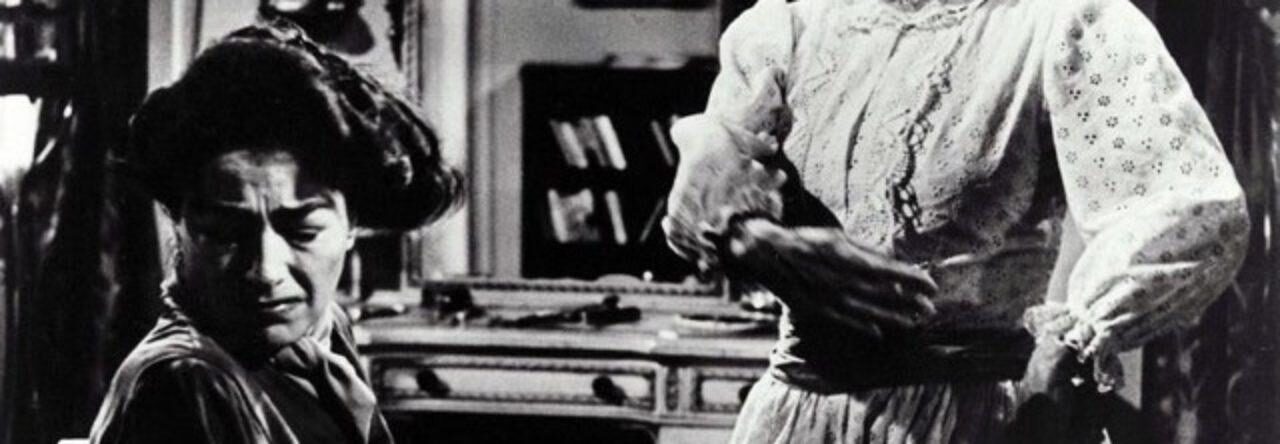
Even if you aren’t the type of Dolly Parton fan who finds A Smoky Mountain Christmas’s lesbian subtext to be as bountiful as the beloved entertainer’s talent—or other assets—you are likely to derive some amusement from Roddy McDowall (who last we saw in Flood!) sternly lecturing her about resisting “affection for the opposite sex,” as he puts it, in Unlikely Angel. That he does so as a slightly bitchy Saint Peter makes it all the better.
The two meet at the pearly gates after Parton’s bar singer, Ruby Diamond (“everybody says I’m a gem!”), dies in a car crash. Peter notes with some concern that Ruby was, overall, less than virtuous. Consulting his book, he elaborates: “All your life, you have done exactly as you wanted, gone where you wanted, said what you wanted. You have never thought of anyone else but yourself.” She doesn’t dispute this, nor is she shocked to learn that Uncle Clem hasn’t joined her mother and the rest of their family in heaven.
Peter offers her a chance to redeem herself by healing a grief-stricken family in the week leading up to Christmas. Ben Bartilson (Brian Kerwin, who I’ve loved since Torch Song Trilogy) has drifted apart from his children after the tragic death of his wife, devoting all of his energy to work. Young Sarah (played by future sex cult leader Allison Mack) and Matthew (Eli Marienthal) spend a lot of time alone, when they aren’t scaring off a string of nannies. Ruby’s deposited on their doorstep with little more than a suitcase, a guitar and an aw-shucks smile.

Cranky Lesbian is a disgruntled homosexual with too much time on her hands. Click for film reviews or to follow on Instagram.









